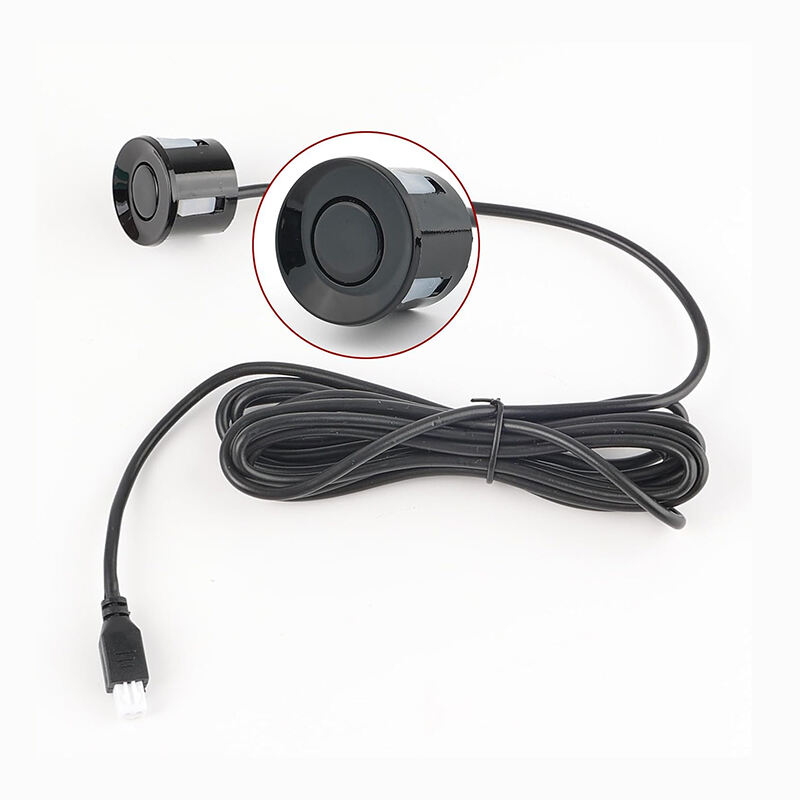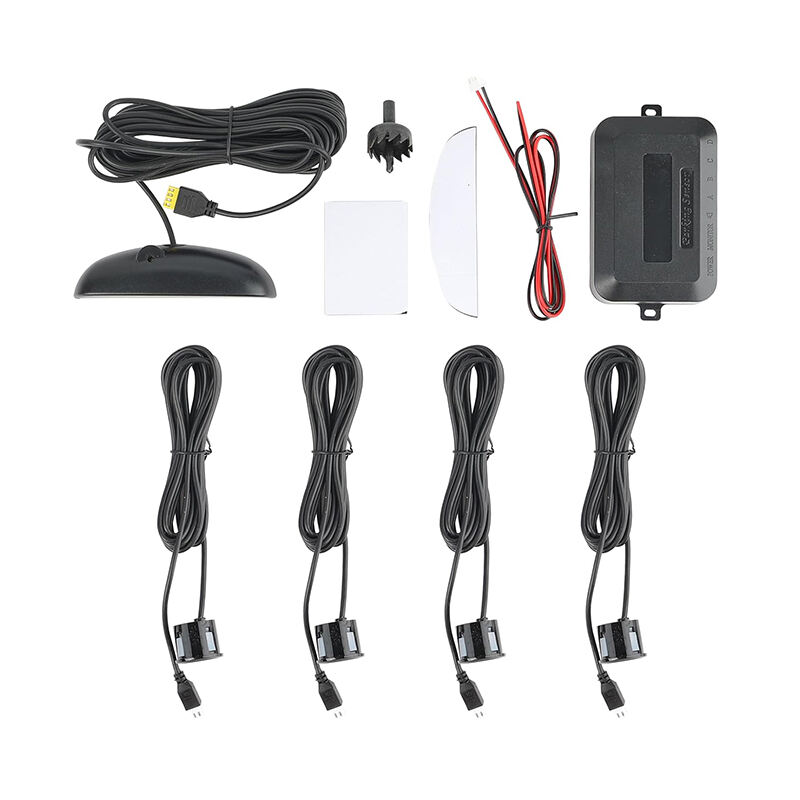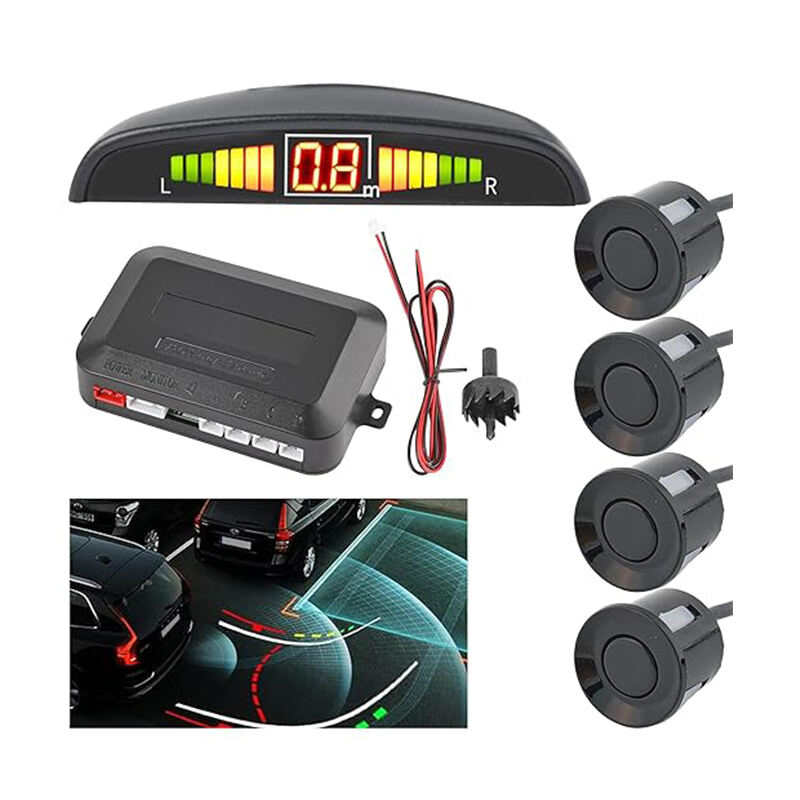कारों के लिए अग्र और पीछे के सेंसर
कारों के लिए अग्र और पीछले सेंसर सुरक्षा और सुविधा के महत्वपूर्ण विशेषताओं को निरूपित करते हैं, जो आधुनिक वाहनों में उपयोग किए जाते हैं। ये अग्रणी अल्ट्रासोनिक प्रौद्योगिकी का उपयोग करके बाधाओं का पता लगाते हैं और चालकों को छोटे खाँचों में नेविगेट करने में मदद करते हैं। ये उन्नत सेंसर ध्वनि तरंगें उत्सर्जित करते हैं, जो नजदीक के ऑब्जेक्ट्स पर बॉउंस होकर सेंसरों पर वापस आती हैं, ठीक दूरी की गणना करते हैं और चालकों को वास्तविक समय में प्रतिक्रिया देते हैं। अग्र सेंसर आमतौर पर वाहन के आगे क्षेत्र को कवर करते हैं, जब पार्किंग या संकीर्ण खाँचों में मैनिव्हर करते समय चालकों को संभावित बाधाओं की जागरूकता देते हैं। इसी तरह, पीछे के सेंसर वाहन के पीछे क्षेत्र का प्रदर्शन करते हैं, जो रिवर्स पार्किंग मैनिव्हर के दौरान बहुमूल्य साबित होते हैं और ऑब्जेक्ट्स या पैदल यात्रियों से संघर्ष को रोकने में मदद करते हैं। प्रणाली में आमतौर पर अग्र और पीछे के बुम्पर्स पर रणनीतिक रूप से स्थापित कई सेंसर शामिल होते हैं, जो वाहन के चारों ओर एक व्यापक पता लगाने का क्षेत्र बनाते हैं। ये सेंसर कार की केंद्रीय कंप्यूटर प्रणाली के साथ संचार करते हैं, जो जानकारी को प्रसंस्कृत करती है और चित्रीय प्रदर्शन, ध्वनि चेतावनी या दोनों के माध्यम से चेतावनी देती है। यह प्रौद्योगिकी विकसित हो चुकी है और इसमें पार-ट्रैफिक पता लगाने, बैकअप कैमरों पर डायनेमिक दिशानिर्देश और स्वचालित पार्किंग प्रणाली के साथ एकीकरण जैसी उन्नत विशेषताएँ शामिल हैं। आधुनिक सेंसर प्रणाली कुछ इंच तक के छोटे ऑब्जेक्ट्स का पता लगा सकती है और विभिन्न मौसम की स्थितियों में प्रभावी रूप से काम करती है, जिससे ये रोजमर्रा के ड्राइविंग के लिए विश्वसनीय सुरक्षा उपकरण बन जाती है।


